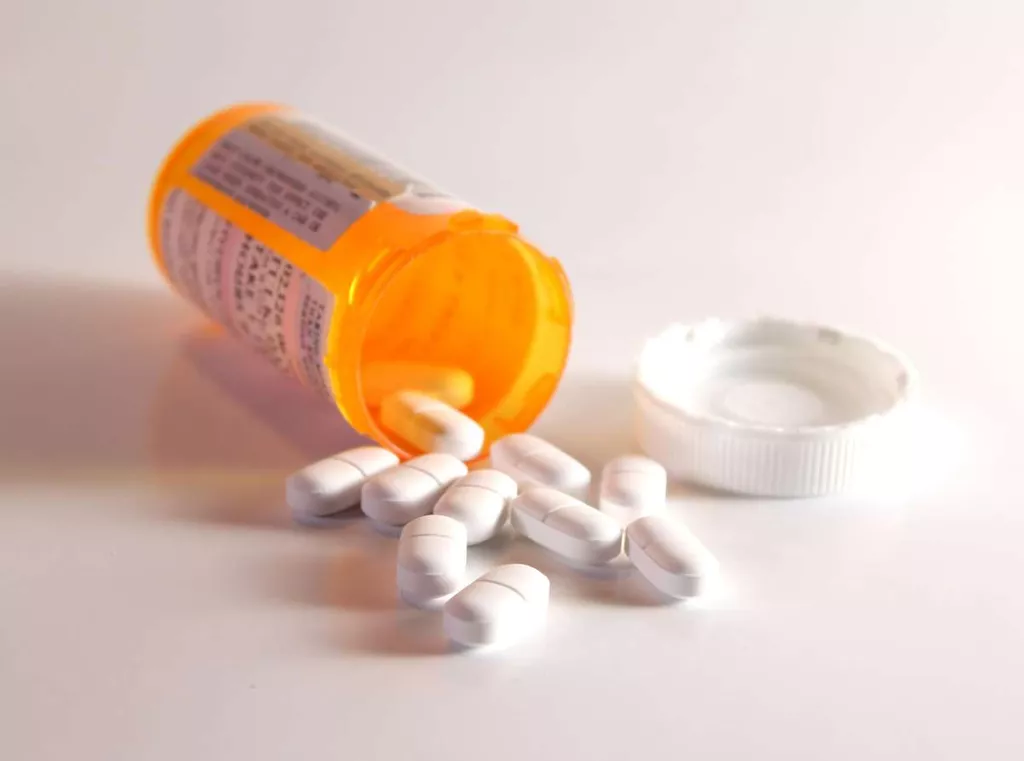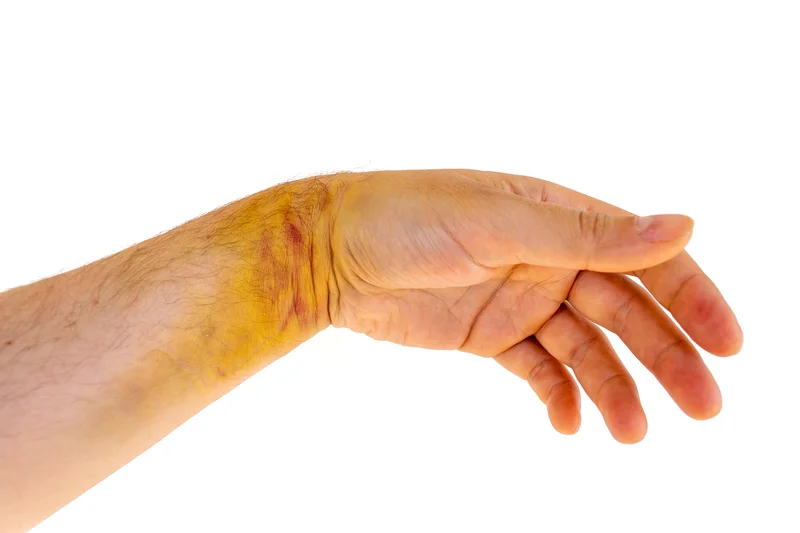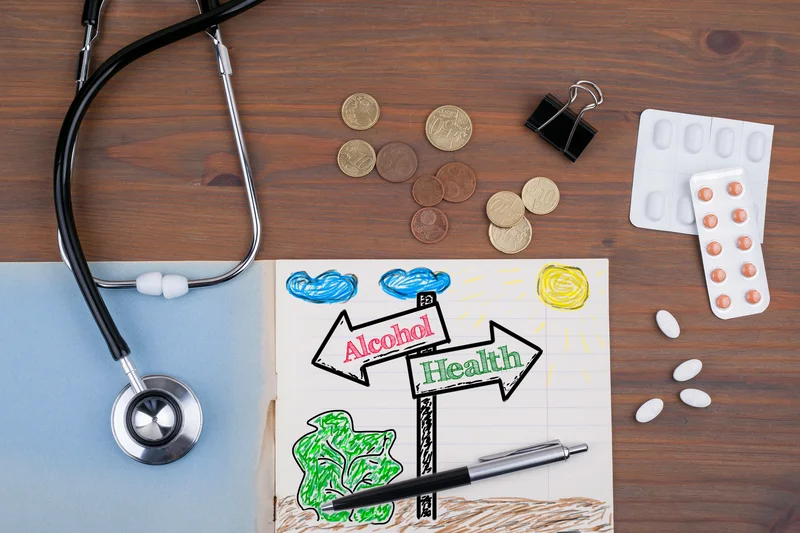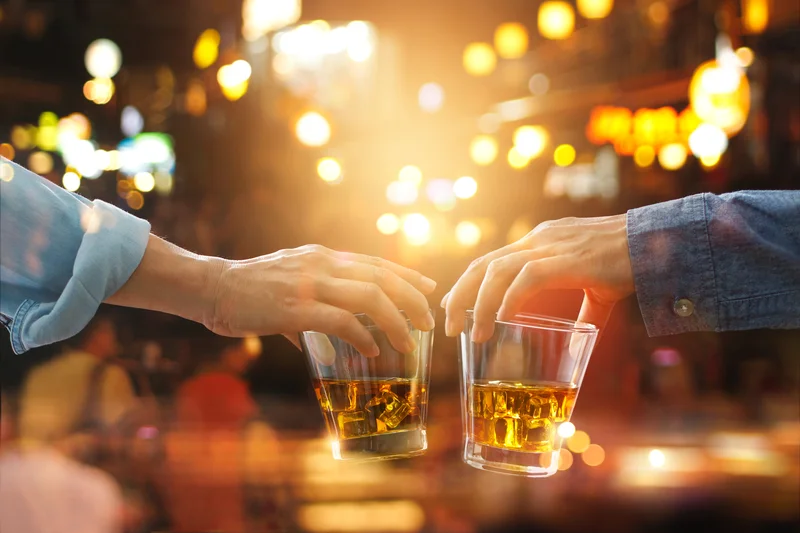
These methods aim to reshape the nose by removing excess tissue and improving skin texture. Patients may observe their nose https://ecosoberhouse.com/article/binge-drinking-how-to-stop-binge-drinking/ becoming increasingly enlarged and bulbous. Larger nodules can develop, contributing to a more irregular surface texture. The National Institutes of Health also reports that alcohol-dependent people are likelier to suffer from nasal obstruction and a diminished sense of smell or taste. Rhinophyma can be seen via the firming and thickening of the skin, and red, orange, and purple colors mostly noticed on the nose.
Spring Hill Recovery Center

“Rhinophyma” is the medical term for “drinker’s nose”, which is a side effect of the skin condition rosacea. Contrary to popular belief, a “drinker’s nose” is not necessarily caused by alcohol addiction or abuse. alcoholic nose Yet chronic alcohol abuse can worsen the condition (rosacea), which leads to drinker’s nose when left untreated. The causes of alcoholic nose are linked to rosacea, a chronic skin disorder that affects the blood vessels in the face.

General Health
- Contact our helpline today to learn more about our recovery programs, to receive help with understanding your health insurance, and more.
- Exposure to extreme temperatures, sunburn, or wind can worsen the appearance of an alcoholic nose over time.
- Reducing alcohol intake, using dermatologist-recommended skincare products, and avoiding triggers like spicy foods can help minimize redness.
- This is known commonly as ‘alcoholic nose’ and is an upsetting and concerning side effect of drinking too much.
- Over time, heavy drinking can lead to extreme health concerns, including rosacea, liver damage, alcohol poisoning, and more.
- Some people will experience a flushed or red face when they drink alcohol.
- It is uncomfortable and, in most cases, damaging to your appearance and self-esteem.
The primary factor in developing rhinophyma is genetic predisposition to rosacea. This skin condition tends to run in families and affects certain ethnic groups more frequently than others. People of Northern European descent, particularly those with fair skin, light eyes, and Celtic or English ancestry, are at higher risk for developing rosacea and potentially rhinophyma. For some individuals with alcohol addiction, alcoholism treatment it can be more effective to enroll in a treatment program outside of their local community.

Who Is At Risk For Alcoholic Nose?
BetterHelp offers affordable mental health care via phone, video, or live-chat. It is more common in men than women and typically affects people of Caucasian descent. Start your recovery journey with peace of mind, knowing your care is covered.

Desistal is a natural nutritional supplement designed to support reducing alcohol intake through promoting wellbeing, maintaining calmness and reducing cravings. Each case of rosacea is different and brought on by individual situations. There are apps which can help you to keep track of when you flare up and what factors are influencing it. The misshapenness often grows much worse if you continue drinking to the point of blocking your nostrils and developing pus-filled oily lumps. Individuals with rhinophyma are at risk for skin cancer within the affected tissue.
- What is commonly called “alcoholic nose” is actually a skin condition called rhinophyma (Greek for “nose growth”).
- Recognizing the early signs of rosacea and seeking appropriate treatment can help prevent the advancement to rhinophyma.
- Understanding the exact relationship between alcohol and rhinophyma requires more in-depth research.
- For more advanced cases of rhinophyma, surgical treatments are often needed.

Despite its colloquial name, rhinophyma is not directly caused by alcohol consumption. This is a chronic skin disorder that various factors, including alcohol use, genetics, and environmental triggers, may exacerbate. Over time, the nose can develop into a more bulbous and pronounced shape. While there is no cure for rhinophyma, several treatment options can help manage the symptoms and improve the appearance of the nose. A combination of medical treatments and lifestyle changes often yields the best results.